Thames Head to Coates Picture Gallery Back to T&S Canal Index
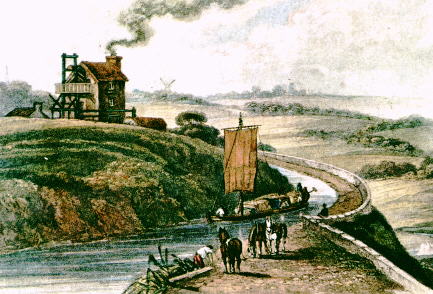 Thames Head was the location of the one of the three main water supplies
to the summit of the canal, the others being the River Church in Cirencester
and springs within the tunnel. These two other supplies were unreliable
in summer so from the early days of the canal, there was a pump at Thames
Head. The first was a windpump but this was soon replaced by a Bolton &
Watt steam engine. Over the years, the Thames Head supply was developed
with long underground galleries feeding an oval shaped well from which the
water was drawn. This supply was very reliable but expensive to operate
and it is probably that the water level in the canal was allowed to drop
in times of light traffic resulting in damage to the clay lining and additional
leakage problems.
Thames Head was the location of the one of the three main water supplies
to the summit of the canal, the others being the River Church in Cirencester
and springs within the tunnel. These two other supplies were unreliable
in summer so from the early days of the canal, there was a pump at Thames
Head. The first was a windpump but this was soon replaced by a Bolton &
Watt steam engine. Over the years, the Thames Head supply was developed
with long underground galleries feeding an oval shaped well from which the
water was drawn. This supply was very reliable but expensive to operate
and it is probably that the water level in the canal was allowed to drop
in times of light traffic resulting in damage to the clay lining and additional
leakage problems.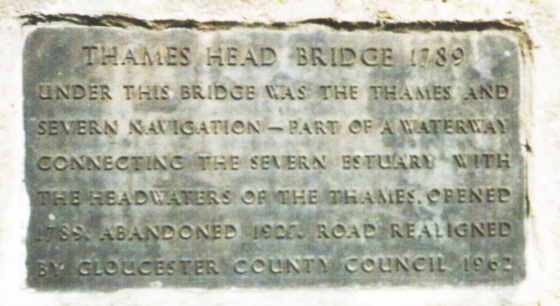
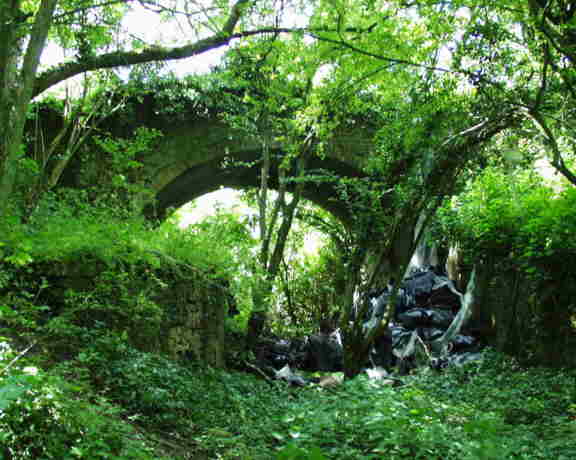
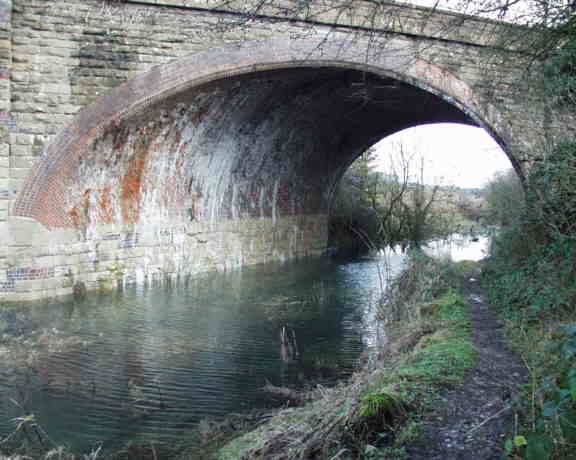
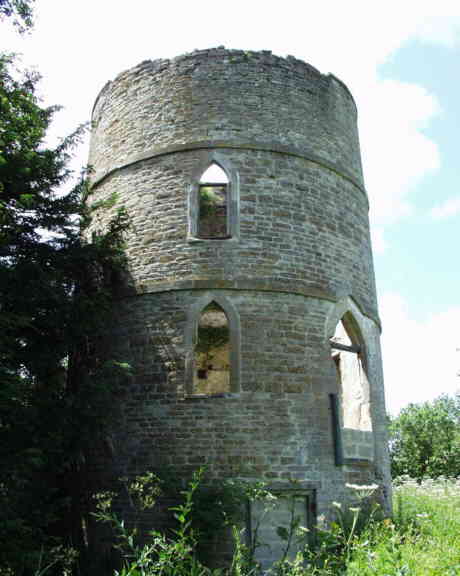
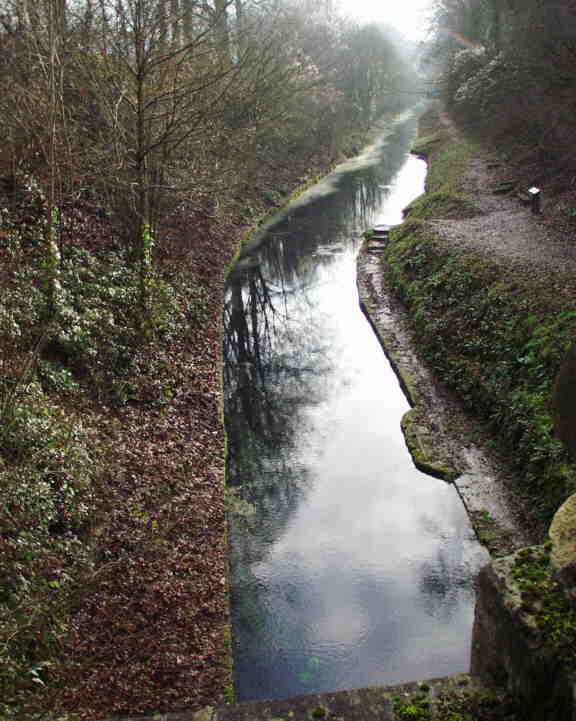
 Eventually the difference in level between the surrounding ground and
the canal bed became too great and the canal had to be tunnelled. The Coates
Portal of Sapperton Tunnel is a magnificent piece of Georgian Classical stonework
and is almost certainly the grandest canal tunnel entrance in the country.
Lying within the Bathurst Estate, its design and that of the Gothic Portal
at the Daneway end are thought to have been heavily influenced by Earl Bathurst
who himself was a supporter of the Thames & Severn project.
Eventually the difference in level between the surrounding ground and
the canal bed became too great and the canal had to be tunnelled. The Coates
Portal of Sapperton Tunnel is a magnificent piece of Georgian Classical stonework
and is almost certainly the grandest canal tunnel entrance in the country.
Lying within the Bathurst Estate, its design and that of the Gothic Portal
at the Daneway end are thought to have been heavily influenced by Earl Bathurst
who himself was a supporter of the Thames & Severn project.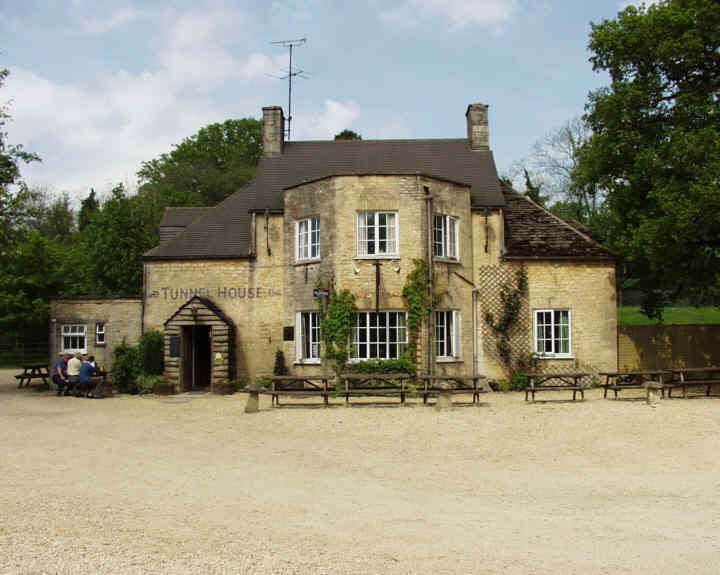
| To Picture Gallery
|
|
|
Maintained by: ken.burgin@pikelock.com |
Copyright © Ken Burgin 2002 - all rights reserved |